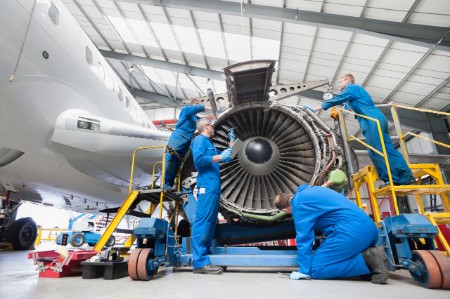A leading aero-engine manufacturer has partnered with a Turkish player for design, development engineering and production of engines for military transportation aircraft. They have also set up a tech development center in the country focused on developing new repair methods and using advanced welding and robotic technologies for engine repairs.
- Set up R&D and innovation centers in emerging markets
Most of the emerging countries have a fragmented and uncoordinated A&D aftermarket, characterized by an inexperienced workforce, immature logistic network and regulatory oversight challenges. However, rapid growth of air traffic in these markets is expected to fuel demand for MRO services, opening up opportunities for foreign players.
- Contribute to the development of a local talent base
Many emerging markets possess a significant gap between availability of skilled A&D workers and their market demand. To address this challenge, foreign A&D players are increasingly undertaking training initiatives by partnering with government and private firms in these countries. These facilities enhance local talent in the region, in turn improving the availability of skilled labor for foreign firms.
A US-based A&D firm has launched an apprenticeship program to support aircraft maintenance skilling initiatives in partnership with one of India’s government-owned enterprises’ engineering wing and the Indian Ministry of Civil Aviation to develop a skilled aviation workforce, anticipating increase in demand for new aircraft in the near future.
Resumen
Foreign players should take the potential roadblocks seriously while defining their market entry strategies and designing their route map for expanding in emerging economies. But with the right plan, the opportunities can outweigh the risks.


